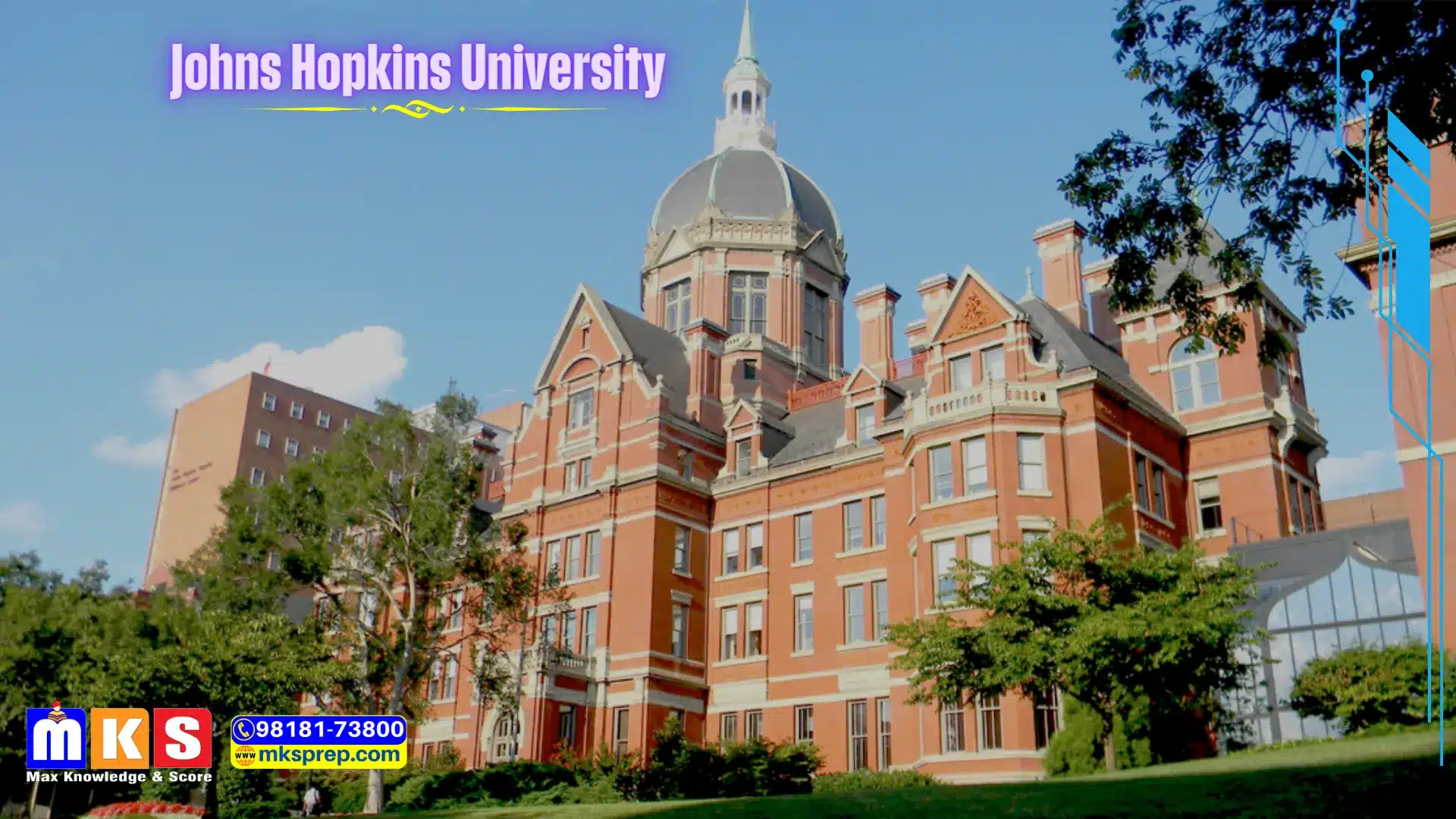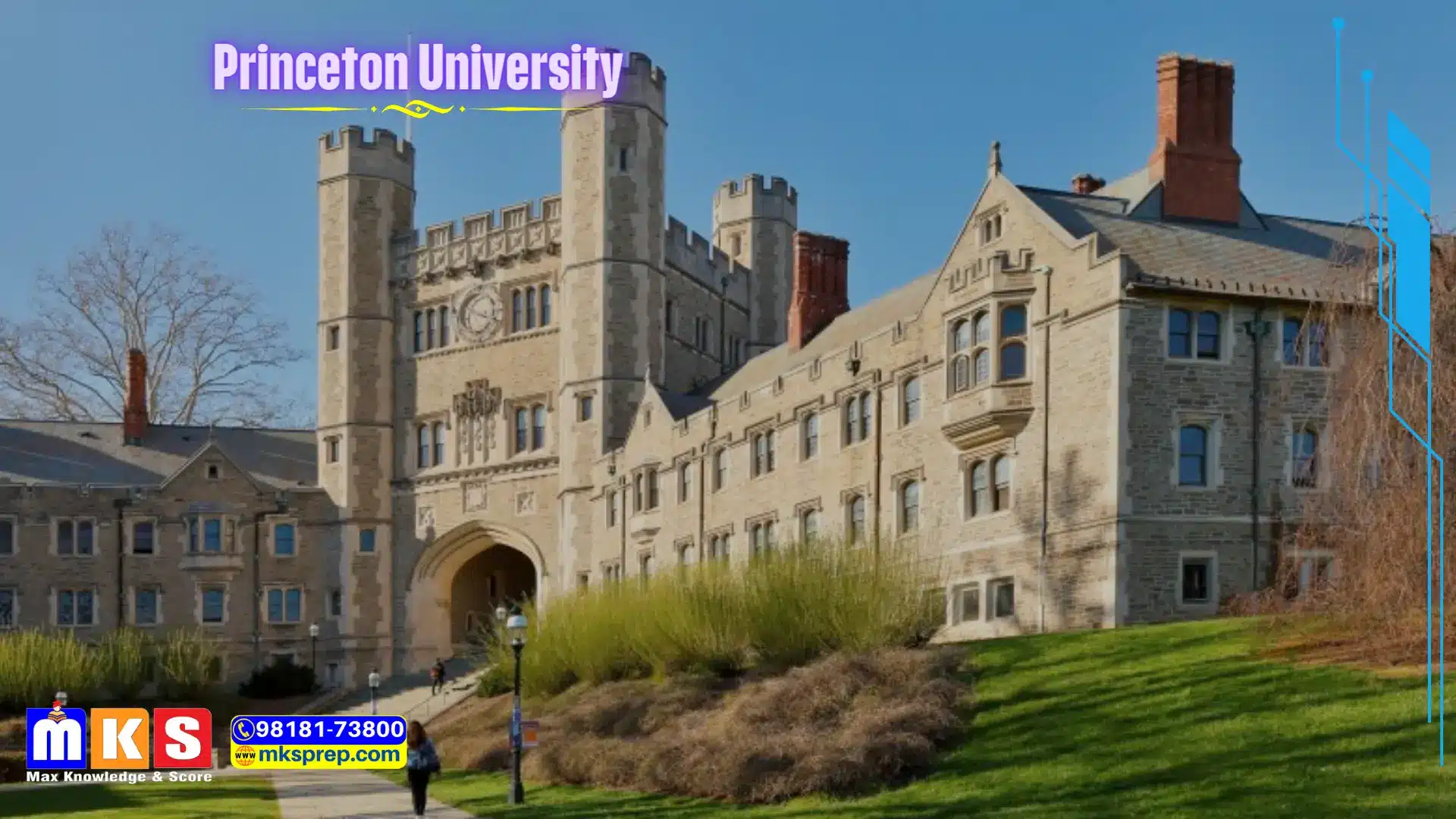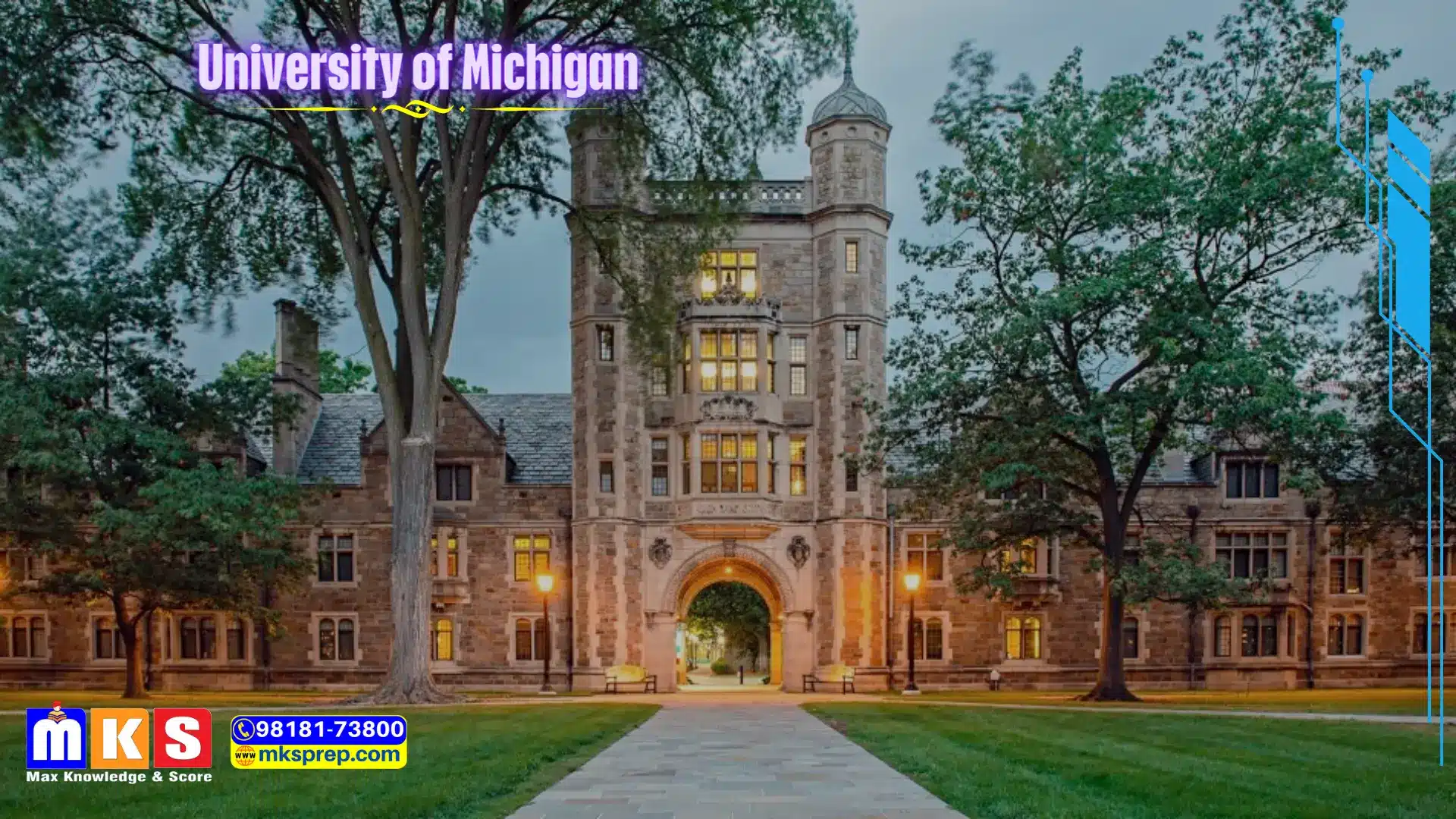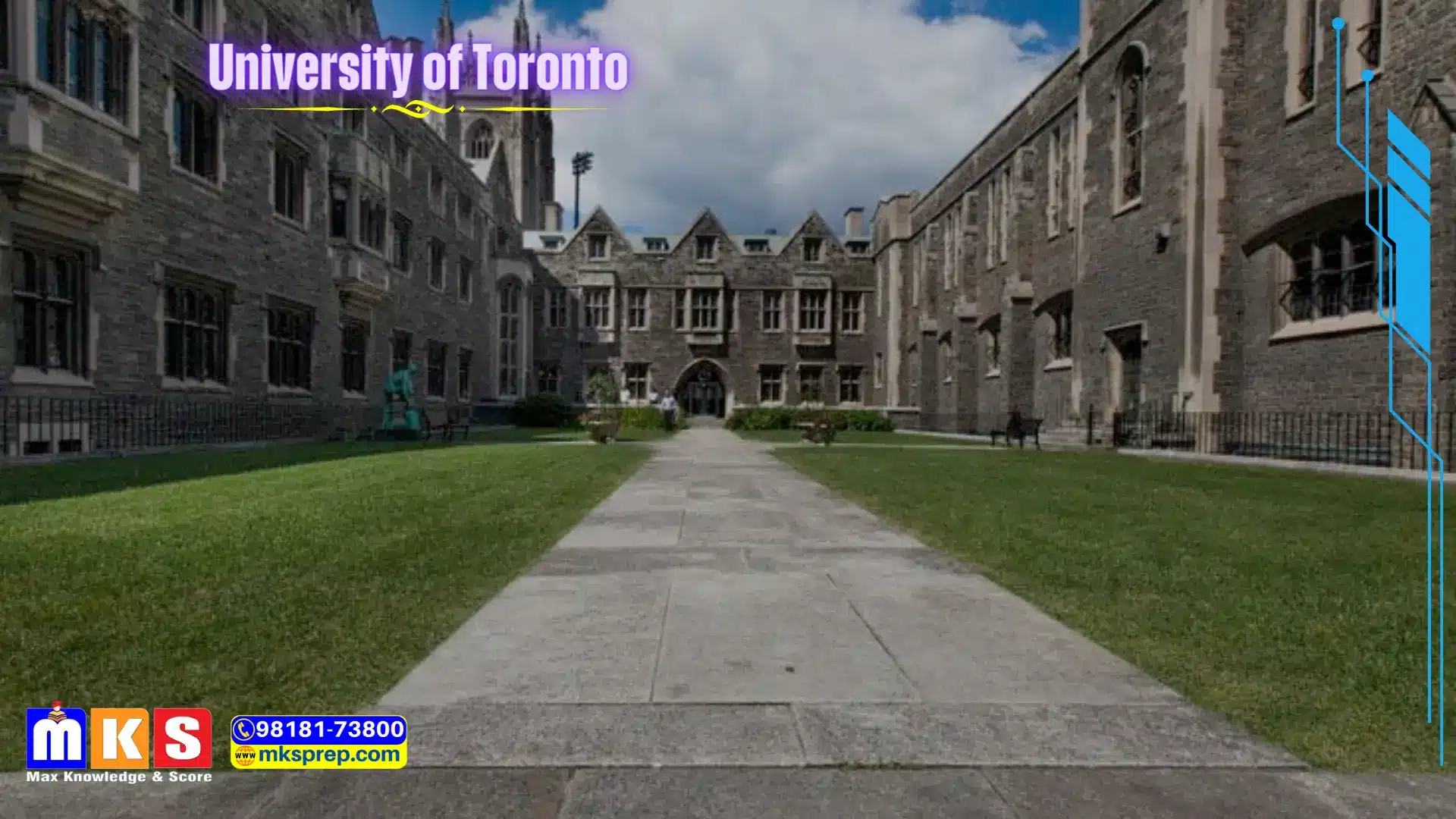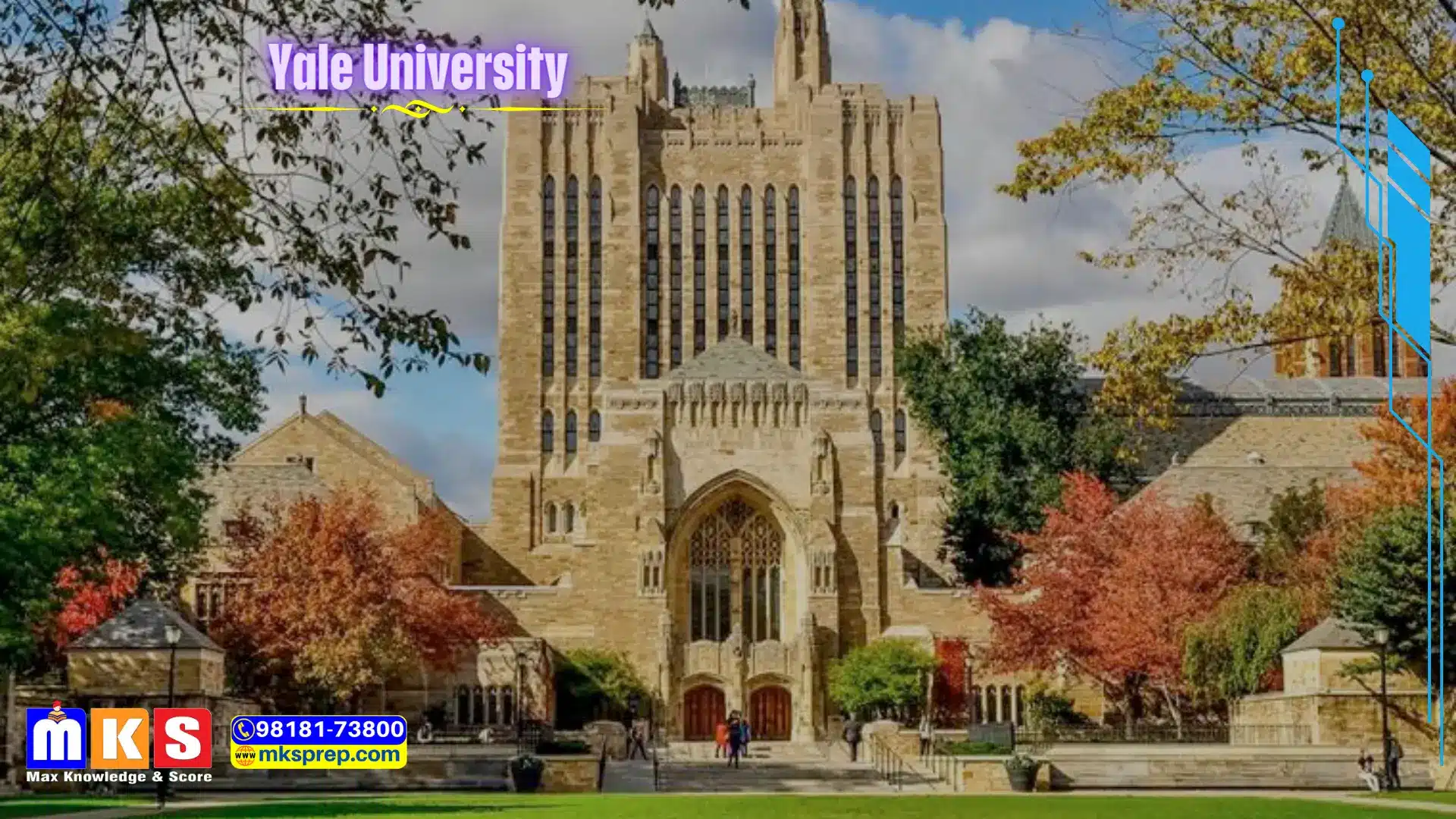
University of Washington Seattle
Address
[ratemypost]
If you are interested in studying at this college, please fill out the form. Our counselor will reach out to you soon.
Explore more options
Share on social media.
Introduction
The University of Washington is a public institution that was founded in 1861. The school’s oldest and largest campus in terms of enrollment is located in Seattle – the largest city in Washington. In 1990, the university added two smaller campuses in Bothell and Tacoma, Washington. Around 70 percent of the university’s students – across all three campuses – study at the undergraduate level. Still, the large university offers more than 370 graduate-level programs. Tuition costs are higher for non-Washington-state residents, and university housing is available for both undergraduate and graduate students. UW utilizes a quarter-based academic calendar, and English is the language of instruction.
University Data and Rankings
University Data:
Total Students: 47,727
International Students: 8,471
Academic Staff: 4,427
International Staff: 749
Undergraduate Degrees Awarded: 8,202
Master’s Degrees Awarded: 4,349
Doctoral Degrees Awarded: 1,437
Number of research-only staff: 2,174
Number of new undergraduate students: 8,854
Number of new master’s students: 3,817
Number of new doctoral students: 2,102
Rankings
University of Washington Seattle is ranked #6 in Best Global Universities. Schools are ranked according to their performance across a set of widely accepted indicators of excellence. Read more about how we rank schools.
Subject Rankings
#67 in Arts and Humanities (tie)
#8 in Biology and Biochemistry
#16 in Biotechnology and Applied Microbiology
#18 in Cardiac and Cardiovascular Systems
#16 in Cell Biology
#121 in Chemistry (tie)
#98 in Civil Engineering
#6 in Clinical Medicine
#14 in Computer Science
#43 in Condensed Matter Physics
#65 in Economics and Business (tie)
#26 in Education and Educational Research
#152 in Electrical and Electronic Engineering (tie)
#18 in Endocrinology and Metabolism
#50 in Energy and Fuels
#82 in Engineering
#15 in Environment/Ecology
#35 in Gastroenterology and Hepatology
#7 in Geosciences
#4 in Immunology
#7 in Infectious Diseases
#37 in Materials Science (tie)
#14 in Mathematics
#21 in Meteorology and Atmospheric Sciences
#10 in Microbiology
#5 in Molecular Biology and Genetics
#48 in Nanoscience and Nanotechnology (tie)
#19 in Neuroscience and Behavior (tie)
#11 in Oncology
#53 in Optics (tie)
#25 in Pharmacology and Toxicology
#69 in Physical Chemistry
#14 in Physics
#41 in Plant and Animal Science (tie)
#33 in Psychiatry/Psychology
#7 in Public, Environmental and Occupational Health
#30 in Radiology, Nuclear Medicine, and Medical Imaging
#7 in Social Sciences and Public Health
#24 in Space Science
#12 in Surgery
#74 in Water Resources
Founding and Location:
Founded in 1861, the University of Washington is a public institution.
The main and largest campus is located in Seattle, Washington, the state’s largest city.
Two smaller campuses were added in Bothell and Tacoma in 1990.
Campus and Enrollment:
The Seattle campus is the oldest and largest in terms of enrollment.
Around 70% of students, across all three campuses, study at the undergraduate level.
Over 370 graduate-level programs are offered.
Academic Calendar and Language of Instruction:
Operates on a quarter-based academic calendar.
English is the language of instruction.
Colleges and Schools:
The university comprises 16 colleges and schools.
Various subjects are covered, including arts and sciences, engineering, and social work.
Highly Ranked Graduate Schools:
Notable graduate schools include the School of Medicine, School of Nursing, and College of Education.
The University of Washington Medical Center, a teaching hospital, is highly ranked.
Community-Based Medical Education:
Offers a community-based medical education program.
Allows students to complete clinical rotations in different states in the region.
Research and Specialized Centers:
Research awards have surpassed $1 billion in recent years.
More than 280 specialized research centers, including the West Coast Poverty Center and the Polar Science Center.
This comprehensive overview showcases the University of Washington’s rich academic offerings, notable achievements, and its standing in global university rankings.
Conclusion:
In conclusion, the University of Washington emerges as a leading academic institution with a rich history, diverse academic offerings, and a commitment to excellence in research and education. Its multiple campuses, high-ranking graduate schools, and innovative programs like community-based medical education contribute to its standing as a global leader in higher education. With a focus on addressing real-world challenges through extensive research initiatives, the university continues to make a significant impact on various fields, cementing its position as a hub for intellectual exploration and academic achievement.
FAQS




























